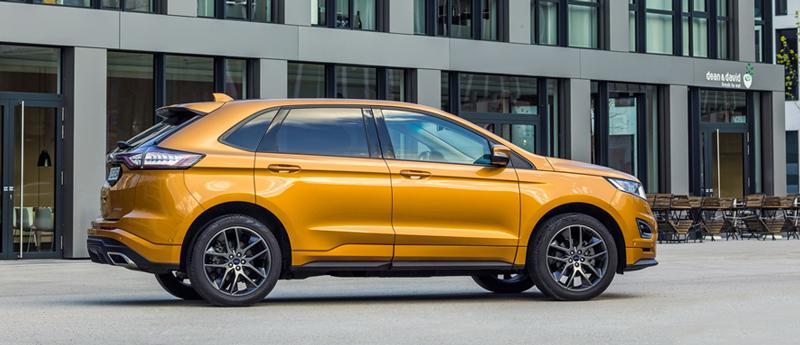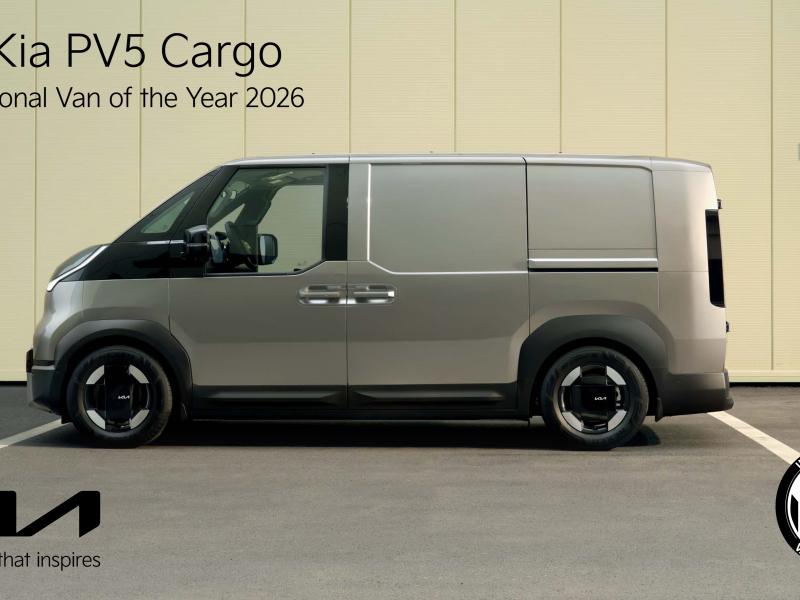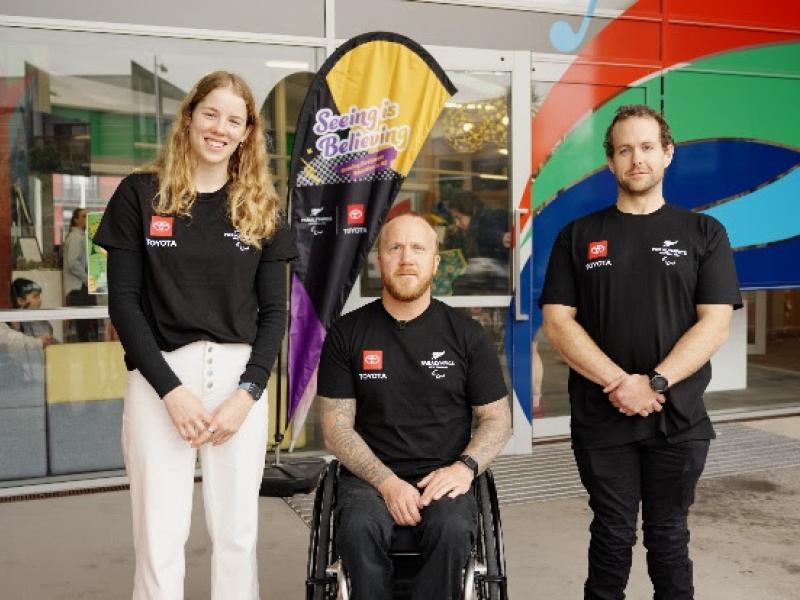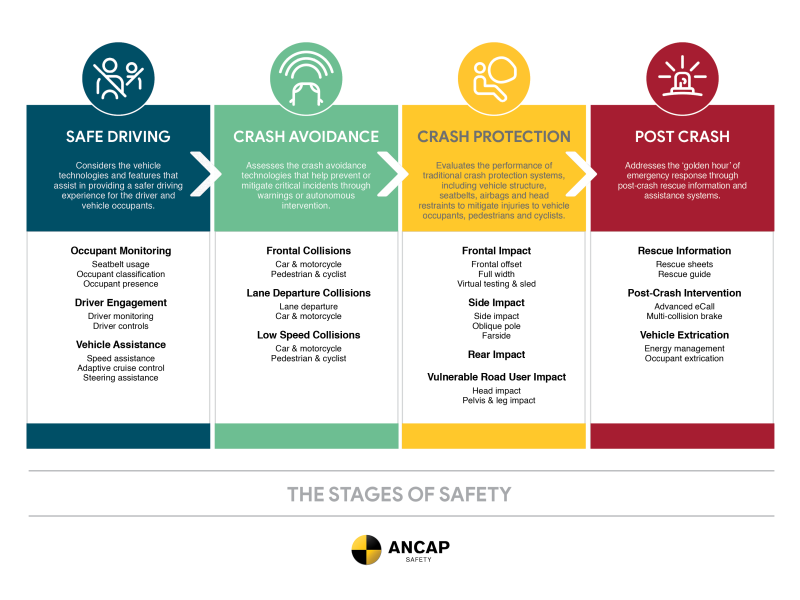Ford has a whole new game plan to counter a perception that it’s become a one-horse company following the phenomenal success of the Ford Ranger, writes John Oxley.
With the announcement of three new or updated SUVs for New Zealand, Ford has trumpeted its intention to attack the fastest-growing segment of the market.
There is talk that Ford has become a single product company. I spoke to Simon Rutherford, Ford NZ’s MD, about the feeling in the marketplace that Ford NZ seemed to be mainly concentrating on Ranger sales to the exclusion of its other products – a perception borne out by the most recent sales figures (as I write) from the MIA which show the Ranger on top of the tree year to date, eclipsing even passenger car sales as the no. 1 seller overall, but with no other Fords in the top 20.
Nevertheless – thanks in no small part to the massive Ranger sales figures – Ford as a company is second in the overall sales tally, with 12 percent of the total market compared to Toyota’s 17 percent.
Simon told me he was rather surprised when he arrived in New Zealand to find the heavy focus on the Ranger. “I have come from an environment where Ford of Britain concentrates on all its products, not just one,” he said.
“There are a couple of things we need to focus on,” he said. “We need to get on the front foot with all our products.
“It’s exciting for us because this is the evolution of the One Ford plan. Now we can get the best the Ford world can offer in terms of technology.
“And it’s not just product alone – it has to be focus on the whole customer experience. Customers must be made aware of our whole product offering”.
Our interview came on the back of an official announcement that Ford would be introducing a global SUV, the Edge, to (sort of) replace its ageing, and due-to-be discontinued Territory, as well as a new Kuga and an upgraded EcoSport. Ford’s SUV offering is completed by the Everest, a seven-seater off-road capable 4x4.
Simon said that the Edge is not a straight replacement for the Territory (it’s slightly shorter, but higher and wider), as customers were demanding more choice in the SUV segment. “But we have had success with other products, and it’s in the heart of the segment that’s growing most,” he said. “That segment continues to grow, and we have customers coming into the segment from all sides”.
Territory production will stop on October 7 when the Geelong plant in Australia closes, but Simon said the company was stockpiling vehicles so sales can continue until the middle of next year. The Edge isn’t expected until the latter part of 2017.
I asked Simon how big the SUV segment could get before customer interest started to wane.
“As we go forward it’s going to be interesting to see how far this segment can go,” he said.
I asked if demands for better fuel efficiency would have any effect, as SUVs were notably less fuel efficient than many other vehicles. Simon said technology would be the driver, as well as legislation, particularly with more global product and less regionalisation.
“This cascades down. Not only will the vehicles be better, but they will be more fuel-efficient,” he said.
Ford has a wide range of hybrid and electric vehicles available in its global line-up, and I asked if there were any plans to bring any of these vehicles to New Zealand.
“We are not able to comment on our future plans in this regard, but we will be watching this carefully,” he said.
He added that as far as electric vehicles were concerned batteries and safety were big concerns, as well as the cost of ownership and ease of use in terms of charging infrastructure.
Here are some of the key points of the new SUV line-up:
- The new Kuga will have 134kW and 176kW EcoBoost petrol engines as well as a reversing camera and Sync 2 across the range. For the first time 2WD models will be available.
- The upgraded EcoSport with get better quality, safety and fuel economy, and the spare wheel will move from the rear door.
- Damien O’Carroll covered the Edge in some detail in our August issue, but to reiterate, it will be in the same size category as the Territory, and no final decision has yet been made on which engines will be offered here. Turbo-diesel and EcoBoost petrol four-cylinder and V6 versions are available in some markets.
- The Everest “ tough truck” seven seater will get even more features, including Sync 3 on all 2017 models, as well as Isofix child seat attachment points.
Ford NZ also announced that the Ranger will get more tech. for 2017, with the XL models also getting the rear parking sensors and camera found on current XLT and Wildtrak models, while the latter pair will get Sync 3 and front parking sensors.
From early 2017 automatic transmission will be offered on the Transit Custom, Transit Custom Tourneo and Transit Cargo 350L.






